5. The Wizard of Oz
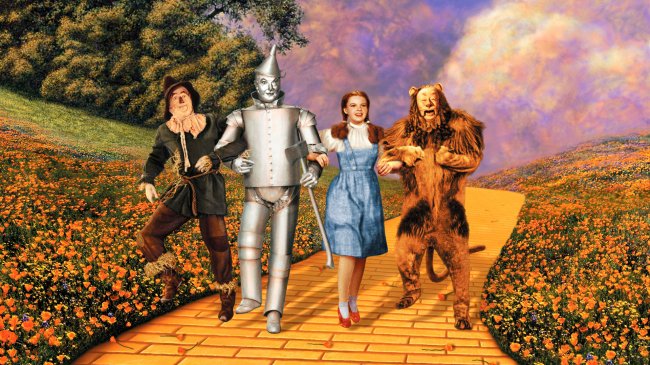
This movie was far ahead of its time, but it might’ve even been so for potential audiences.
Though The Wizard of Oz probably didn’t run nearly as much of a marketing campaign back in 1939 to hike up the price, the country was just coming out of The Great Depression. Though the movie industry was one of the few thriving businesses at the time, having such a peculiar fantasy movie like this didn’t exactly fit the times. But it had hoped to be the ultimate piece of escapism.
But the movie made $3M, barely enough to clear its $2.777M budget if the studio had been able to keep all its earnings. In a year when Gone with the Wind produced a big chunk of its $400M box office take (that’s not counting for inflation, folks), and Mr. Smith Goes to Washington made bank ($9M) as well, Oz got left behind by this more conventional fare.
It would need a re-release a decade later to pull it out of the red, with MGM having spent more money than it ever had on a film. After seeing its state-of-the-art technicolor visuals and elaborate sets, it’s easy to see why it broke the bank in production. But with crowds frankly not giving a damn and going to Gone with the Wind over and again, Oz lost $1.1M before its re-release.
4. Raging Bull
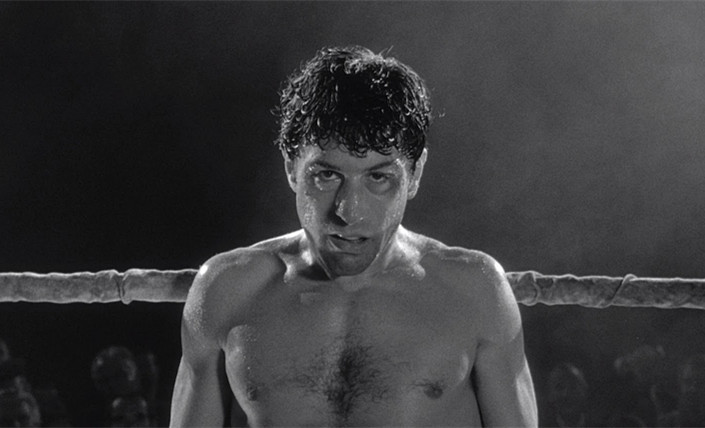
It may be the best sports movie of all-time, but it was so much more than that. Still, even with Robert De Niro and Martin Scorsese hitting their stride, it couldn’t keep this film from going under.
Easily trumped at the box office by two family-friendly Rocky movies that had come four and one years before it, Raging Bull had the unapologetic grit and the unsympathetic lead character to contrast those films. It might arguably be Scorsese’s best work, too, and De Niro’s as well.
But with an $18M budget tagged onto growing costs of television marketing, the $23M it gained fell far short when the profits were divided.
And much of the reason it failed was because of a scarce and poorly-constructed advertising campaign. Also, nothing about the movie screamed mainstream audience, as it was shot in black-and-white, provided an even darker storyline, and was slapped with an R-rating.
Scorsese himself said he had no intentions of it being a box office hit, he just wanted to make the most genuine movie he could. Years later, it’s safe to say he’s happy with such a decision.
3. Blade Runner
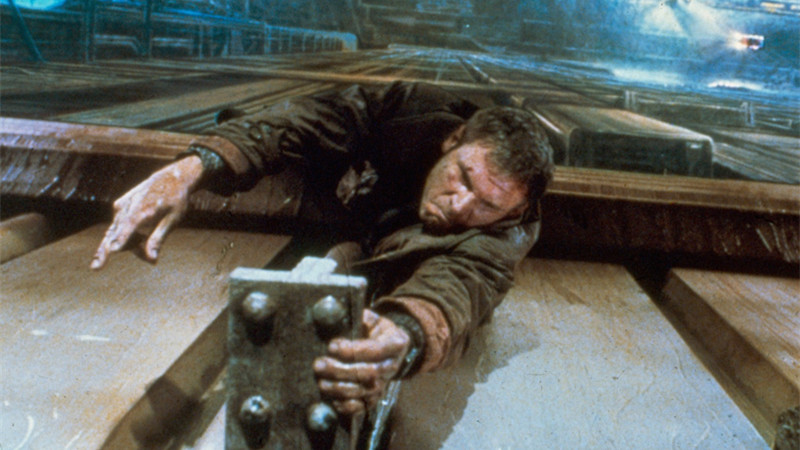
It has a shiny 100% on Rotten Tomatoes and a place on the Mt. Rushmore of science fiction films. But Blade Runner wasn’t always revered the way it is now.
Even after Ridley Scott brought us The Duelists and Alien, he still couldn’t turn profit despite bringing us an eye-opening and mind-expanding exhibition. So how’d Blade Runner get lost in the shuffle years before being known as an all-time classic? Well, part of the reason could be because it was the summer of 1982. You could also call it the “Summer of Sci-fi.”
Steven Spielberg and E.T. was sweeping the nation at that time, with The Thing taking a bite out of Blade Runner’s numbers, and Star Trek: Wrath of Khan and Poltergeist still in theaters. And those were all released in the same month. Throw in Mad Max: Road Warrior and Tron coming out that summer, and that sounds like a list for another day.
With a $28M budget and a similar number for advertising Fox’s film, the $33.8M Blade Runner earned at the box office left a substantial deficit. They’d eventually get their money back and then some through the various versions Scott released. But even in such a crowded month, it’s hard to understand how a Harrison Ford-led film of this caliber didn’t flourish.
2. The Shawshank Redemption
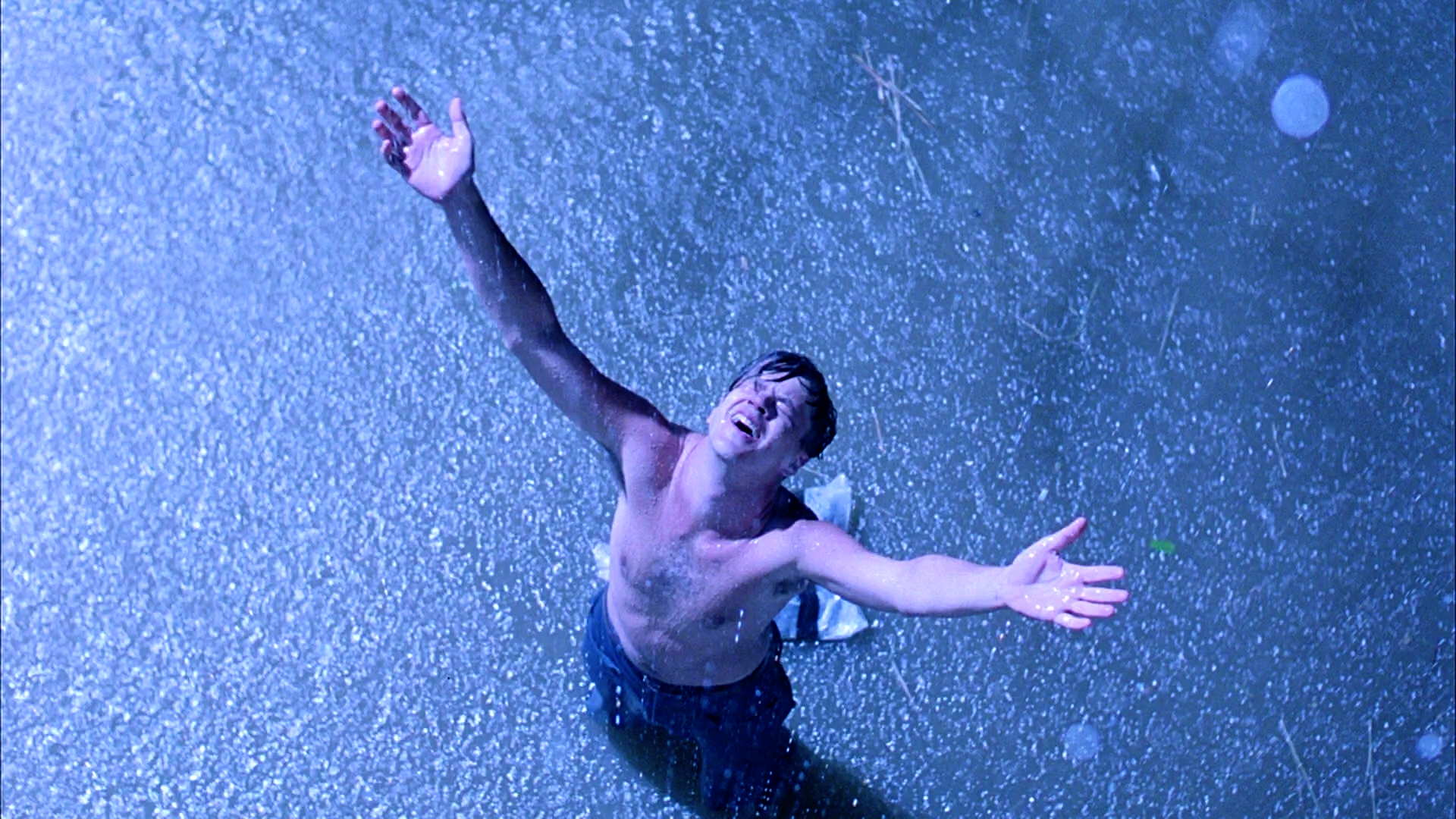
IMDb scores don’t always fit accurately to the movie they’re accompanying. But the mere fact that The Shawshank Redemption is ranked first by fans in their top 250 is incredible considering not many showed up to the theaters to watch it.
Despite being right alongside Pulp Fiction and Forrest Gump as the favorites for Best Picture in 1994, Shawshank had nowhere near the numbers those two had. In fact, it’s only the 14th-highest grossing Stephen King adaptation, just behind Sleepwalkers and The Lawnmower Man of all titles.
The people could’ve seen this as Oscar-bait they didn’t want to take or a film that didn’t look to have enough action behind bars. Either way, they missed a movie that rivals such names as Goodfellas and Schindler’s List for greatest film of the decade.
But with such a believable cast of characters and an inspiring tale of freedom and confinement, Shawshank wouldn’t have to wait too long after to gain a following.
Despite its poor domestic mark at the box office on a $25M budget, it would perform better overseas and become a top-selling home video the very next year to more than put it in the black. And its awareness would only grow from there. Try going a couple of weeks without seeing this on AMC or TNT.
1. Citizen Kane
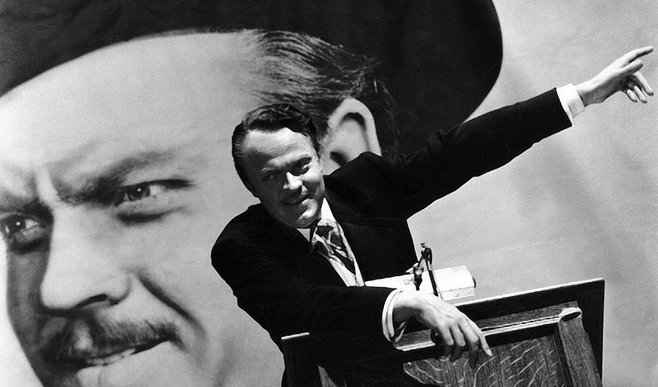
This movie set the standard, along with Casablanca, for how movies should be made. And it still dominates all sorts of lists of best movies, more often than not being considered the greatest of all-time.
But Kane lost RKO pictures $160,000 (a pretty penny in 1941) with failing box office numbers, a movie about a business tycoon that likely did so poorly because of a tycoon.
William Randolph Hearst, who’s Hearst Communications was the biggest media conglomerate in the country at the time, saw that the movie’s lead character was an indirect depiction of himself. He didn’t take too kindly to the way he was portrayed in the film, so he barred the mentioning of Kane in any of his newspapers and radio programs.
So while other films on this list were too divisive or running against great competition, it was more the lack of awareness that drove Citizen Kane into a financial hole. But audiences weren’t even that interested in it at the time, in regards to everything from themes to story.
The nonlinear style of filmmaking probably didn’t call for many bonus points either. It’d have a strong representation at the Oscars with nine nominations, and won Best Screenplay for Orson Welles and Herman J. Mankiewicz. But it wouldn’t receive its deserved attention until decades later.